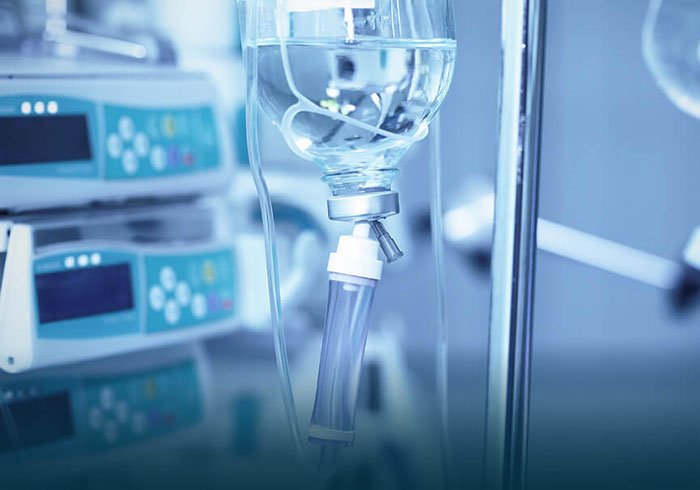
Critical Care medicine is a branch of medicine, which deals with the diagnosis and management of life-threatening conditions. Such patients are managed in a specialized area called the Intensive Care Unit. These critically ill patients may also have dysfunction or failure of one or more organ systems, including the cardiac, pulmonary, neurologic, liver, kidney or gastrointestinal systems. In the ICU, various procedures like endotracheal intubation, central venous catheterization, arterial cannulation, bronchoscopy, lumbar puncture, chest tube thoracostomy and percutaneous tracheostomy are performed by the intensivist. Many of these sick patients require life support systems like invasive and non – invasive ventilation, Hemodialysis and CRRT, which are available at the bedside. Fiberoptic Bronchoscopy, Ultrasonography and 2D Echocardiography are used routinely for both diagnostic and therapeutic purposes.
Critical care is medical care for people who have life-threatening injuries and illnesses. It usually takes place in an intensive care unit (ICU). A team of specially-trained health care providers gives you 24-hour care. This includes using machines to constantly monitor your vital signs. It also usually involves giving you specialized treatments.
You need critical care if you have a life-threatening illness or injury, such as
Our Banner Children’s specialists treat a variety of specific pediatric conditions, including:
In a critical care unit, health care providers use lots of different equipment, including